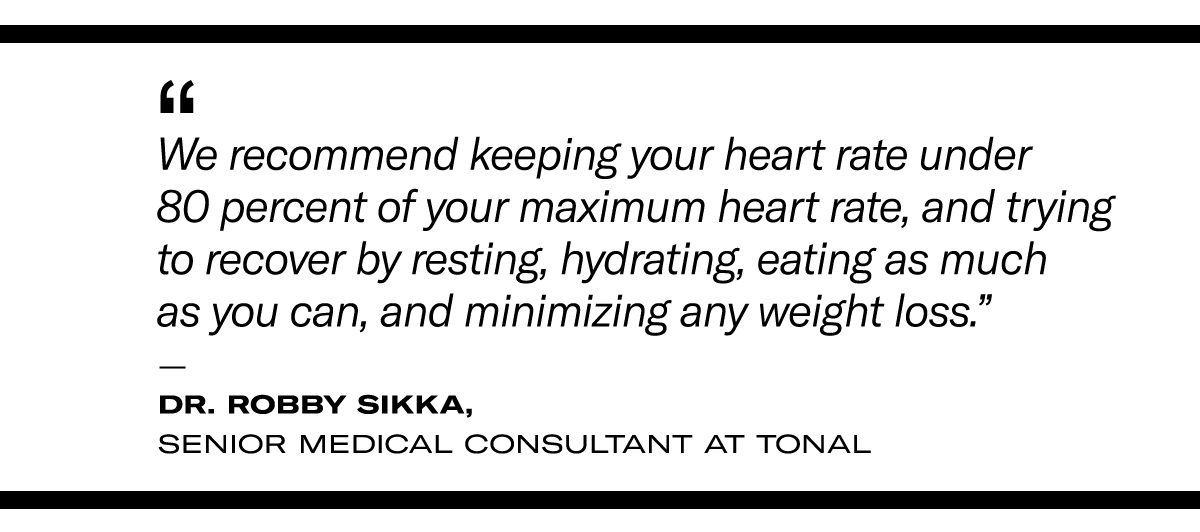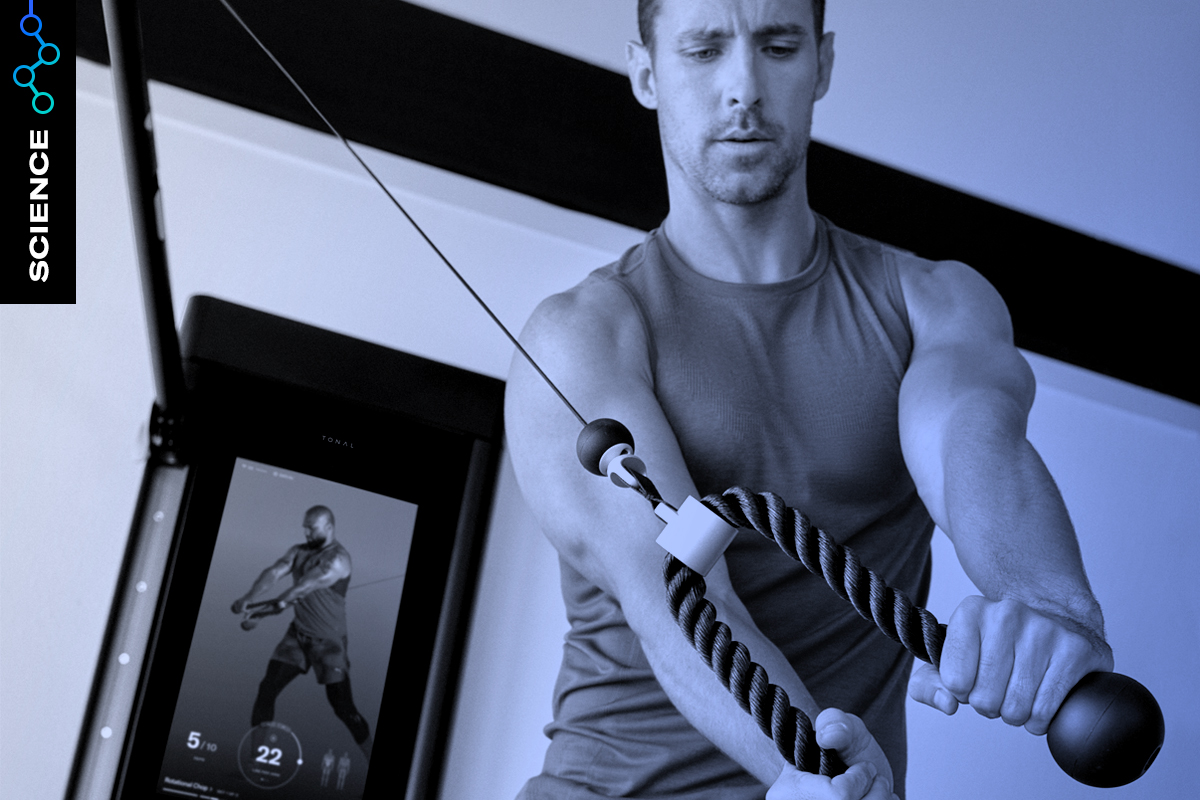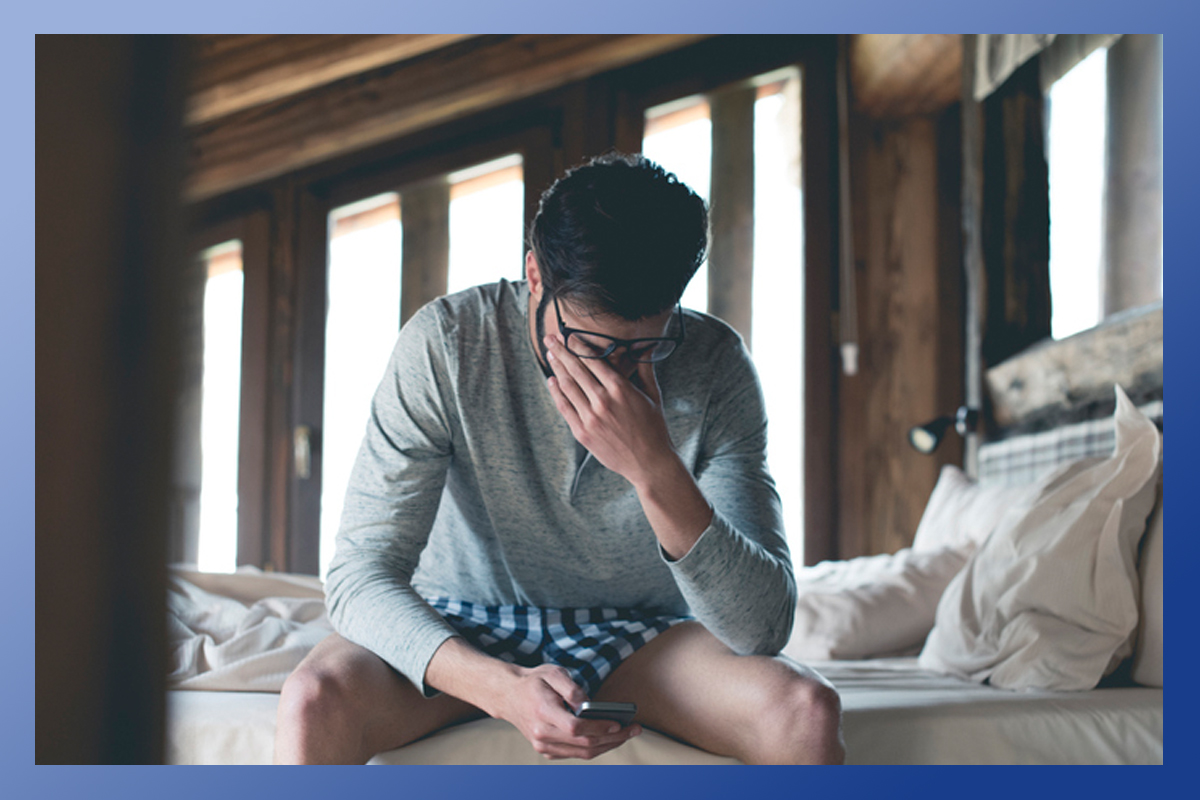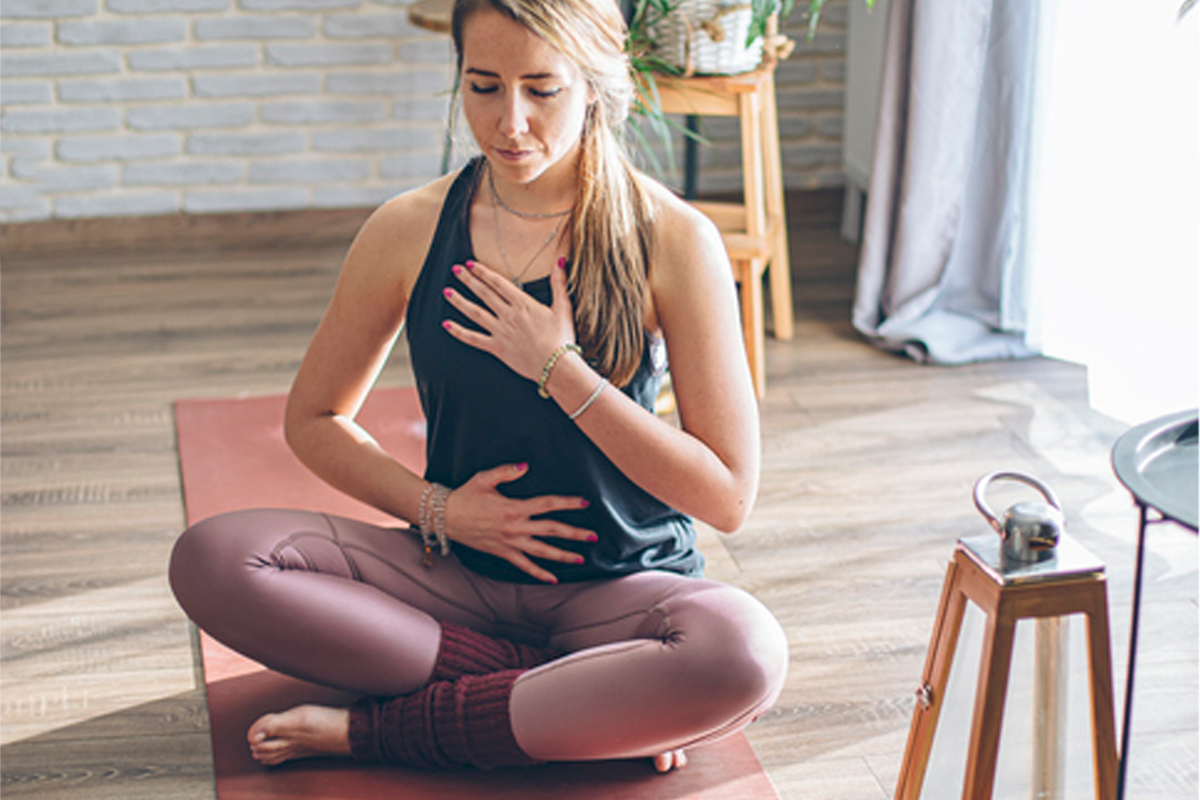Returning to your workouts the right way paves the path for a smooth recovery.

When Tonal coach and certified personal trainer Tanysha Renee tested positive for Covid-19 this June, her active on-the-go lifestyle stopped in its tracks.
“I’m usually moving fast all the time, rushing from one thing to the next,” she says. But suddenly everyday tasks like showering and getting dressed left her feeling fatigued. “I found it not just challenging, but frustrating.”
Renee isn’t alone. With the arrival of new, more contagious coronavirus variants, millions of people have been infected in recent months, including those who’ve been vaccinated or had Covid-19 before. Catching the virus can derail your regular exercise routine and make it tough to get started again.
Symptoms and severity of the virus vary between individuals, so it’s best to talk to your doctor about your safe return to exercise. There are some general guidelines, though, outlined here by Robby Sikka, M.D., team physician for the New York Yankees, senior principal consultant for the Denver Broncos, and senior medical consultant at Tonal
What to Do When You Have Covid-19
Regardless of your symptoms, Sikka says it’s important to avoid intense exercise, training and weightlifting until you test negative. “We recommend keeping your heart rate under 80 percent of your maximum heart rate, and trying to recover by resting, hydrating, eating as much as you can, and minimizing any weight loss.”
This period of rest—even if you’re asymptomatic—allows your immune system and your natural inflammatory process to focus all of its energy on fighting the virus.
“Covid is a very inflammatory condition, and it’s systemic,” says Sikka. The inflammation caused by Covid-19 can also take several weeks to clear your body. If your doctor prescribes a treatment such as the antiviral Paxlovid or monoclonal antibody therapy, your recovery process may be quicker. According to Sikka, these drugs can reduce the time it takes to clear the virus, which may result in less deconditioning when you return to working out.

If you’re feeling up to it, Sikka says it’s safe to do some gentle walking, yoga, or mobility work as long as you keep your heart rate from getting above that 80 percent threshold. Because fluctuations in cortisol levels have been linked to long Covid, Sikka recommends avoiding intense activity that would spike your heart rate and trigger a cortisol response. “Exercise while actively infected may increase the body’s inflammatory response, which can increase the risk for long Covid,” he says. Some easy movement, though, will help maximize your lung function and minimize your risk of deconditioning.
You can also practice prone breathing to increase the amount of air your lungs can hold (known as functional residual capacity). Simply lie on your stomach and breathe slowly and deeply for eight to 10 minutes, three to four times each day. “It likely makes a significant difference in your lung function post-Covid,” says Sikka, citing this review of studies published in the journal, American Association for Respiratory Care.
For Renee, the virus was an opportunity to slow down and take care of herself. “I had to be kinder to my body,” she says. “Either you slow down, or your body will force you to slow down. I had to be gracious with myself and my body.”
How to Return to Exercise after Covid-19
Once you’ve tested negative and your symptoms have resolved, you’re ready to return to exercise—but don’t jump right back in where you left off. Because your body is still recovering and you’re at least mildly deconditioned from your time off, you’ll want to restart your workouts at a reduced cadence and intensity.
Sikka recommends starting at 50 percent of your previous volume and intensity. Increase your intensity gradually in the first month returning to your routine. For example, if you typically exercise for 45 minutes four times a week, try doing two 20-minute workouts in your first week back. On Tonal, try a short workout with Recovery Weight activated, which reduces the weight to around 50 to 60 percent of your one-rep max for all exercises.

During the next two weeks, Sikka says to increase your workout volume to 75 percent of what it was pre-Covid and then eventually return to your full volume in the fourth week.
“It’s a month-long, slow return process,” he says, “but we do that to avoid overuse injuries, soft-tissue injuries, relapse of Covid, and to identify any residual effects of the virus and treat those.”
Sikka cites one study of professional soccer players in which those who had Covid-19 were more likely to suffer soft-tissue injuries in the next three to six months. “Part of that is due to being deconditioned and then coming back, but it’s likely some of that is due to the effects of Covid on your body,” he says.
Symptoms to Look Out For
As you rebuild your strength and endurance, listen to your body and back off if anything doesn’t feel right. Exercising while sick is not recommended when you’re experiencing any symptoms below the neck.
Although Sikka explains that the incidence of myocarditis—or inflammation of the heart muscle—is relatively rare following Covid-19, returning to exercise too quickly can raise your risk by putting additional stress on your body. The American College of Cardiology recommends checking with your doctor if you experience symptoms such as chest pain or pressure, shortness of breath, fainting, or heart palpitations after having Covid-19.
Sikka points out that blood clots are also a possible complication of Covid-19 and recommends watching out for calf pain, which may be a sign of deep vein thrombosis or blood clot in the leg. Should you notice this, reach out to your doctor for medical care.
What to Expect After Covid-19
Don’t be discouraged if you aren’t able to lift as heavy or run as fast as you could before contracting the virus right away.
Renee says it took a month for her to feel like her old self while working out. “I would get winded very quickly from lifting light weights. Even bodyweight moves were challenging,” she says. “A Recovery Weight workout felt like I was going all-out on a full workout, and a 20-minute workout felt like double the time.”
According to Sikka, Renee’s experience is fairly common. “What we’ve seen from a lot of people who’ve gotten sick is that your strength and power take at least a week to 10 days to come back, and your endurance can take two weeks to a month to come back,” he says.
Renee knew she had to be patient with her recovery, but it was tough to not get discouraged. “It was definitely physical, but so much of it is mental because you’re used to your body performing at a certain level,” she says.
She managed her frustration by practicing gratitude for her body and understanding that it was working overtime to recover. “Thank your body for making it through Covid and showing up another day,” she says. “Being frustrated with the body just further creates internal tension and turmoil.”
Renee is now back to her pre-Covid-19 performance and energy levels. She’s proof that by following the appropriate guidelines—and giving yourself a little grace—it’s possible to come back strong.
The information provided in this article is for educational and informational purposes only. Individuals with pre-existing health conditions, injuries, or concerns should consult with their healthcare provider before trying a new exercise or nutrition regimen.


